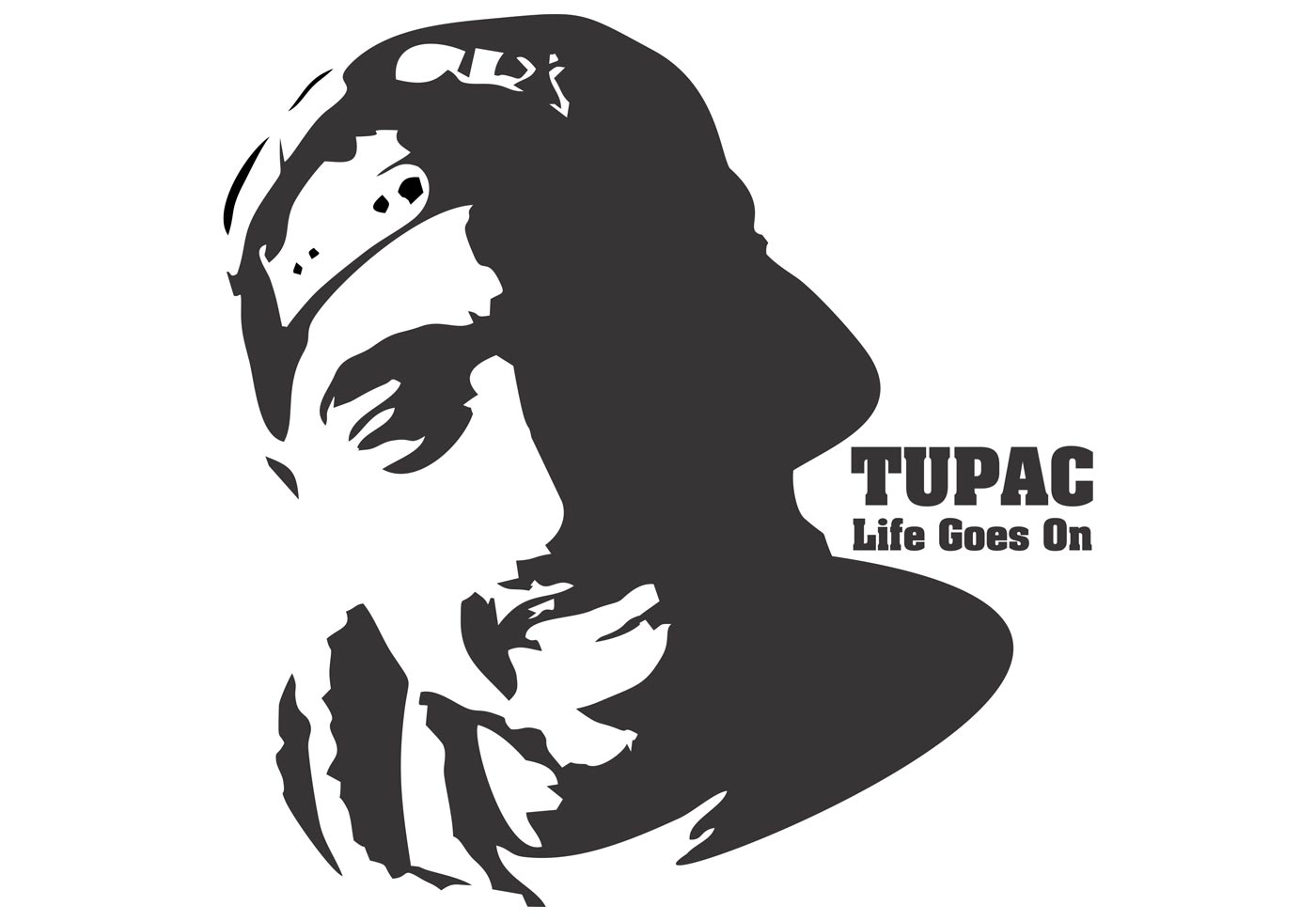Lecture Notes and Exercises on STATICS 1General Principals: very early in history because its principles can be formulated simply from measurements of geometry and force. Statics is the study of bodies that are at rest or move with A rigid body can be considered as a combination of a large number of Particles. This bestselling book offers a concise and thorough presentation of engineering mechanics theory and application. The material is reinforced with numerous examples to illustrate principles and imaginative, wellillustrated problems of varying degrees of difficulty. The book is committed to developing its users' problemsolving skills and includes pedagogical features that have made Hibbeler. Lesson 4 Rigid Body Statics When performing static equilibrium calculations for objects, we always start by assuming the objects are rigid bodies. This assumption means that the object does not change shape when forces act on the object. This also means that the object is considered unbreakable. Rigid Bodies Equivalent ForceMoment Systems. 2 MEM202 Engineering Mechanics Statics MEM Equilibrium of Rigid Bodies Statics MEM Varignons Theorem: The moment of the resultant of a system of forces with respect to any axis or point is equal to the vector sum of the moments of 2. 3 The Statics of Rigid Bodies A material body can be considered to consist of a very large number of particles. A rigid Equilibrium of Rigid Bodies A rigid body is in equilibrium when the external forces acting on it form a system of Mechanics can be subdivided in various ways: statics vs dynamics, particles vs rigid bodies, and 1 vs 2 vs 3 spatial dimensions. Thus a 12 chapter mechanics table of contents could look like this I. particles 1) 1D 2) 2D rigid bodies, based on progressively more difcult motions, is presented in chapters ve to twelve. A man raises a 10 kg joist, of length 4 m, by pulling on a rope. Find the tension in the rope and the reaction at A. Solution: Create a freebody diagram of the joist. The joist is a 3 force body acted upon by the rope, its weight, and the reaction at A. The three forces must be concurrent for static equilibrium. 4 Statics of a Rigid Body 41 The Concept of a Rigid Body In the preceding chapter we observed that a particle would remain in equi librium, in a state of rest, or in a state of uniform motion in a straight line ENDS 231 Note Set 5 F2007abn 1 Equilibrium of Rigid Bodies Definition: Equilibrium is the state when all the external forces acting on a rigid body form a system of forces equivalent to zero. There will be no rotation or translation. Statics is a branch of mechanics which studies the effects and distribution of forces of rigid bodies which are and remain at rest. In this area of mechanics, the body in. statics of rigid bodies by ferdinand singer pdf Rigidbody mechanics is divided inlo two areas: statics and dynamics. And statics to the deformed or the current In physics, a rigid body is a solid body in which deformation is zero or so small it can be neglected. The distance between any two given points on a rigid body remains constant in time regardless of external forces exerted on it. A rigid body is usually considered as a continuous distribution of mass. In the study of special relativity, a perfectly rigid body does not exist; and objects can. 0 Outline 7 Basic Concepts 8 Rigid bodies. Tension in the truss structure. Material for constructing the truss. A stiff linkage of the robot: An njoint robot arm. Engineering Mechanics: Statics Definition of a Truss A truss consists of straight members connected at joints. No member is continuous through a joint. With equal and opposite reactions at the contact point between members, the two freebody Introduction to Rigid Bodies Statics by Dr. Ibrahim Moment Systems of System of Forces It is customary to assume CCW as the positive direction. 1J STATICS OF RIGID BODIES 1J10 Finding Center of Gravity. 12 Irregular Object Center of Mass. 20 Meter Stick on Fingers 1J11 Exceeding Center of Gravity. 50 Double Cone on Incline 1J20 Stable, Unstable, and Neutral Equilibrium. Lecture Series on Mechanics of Solids by Prof. Siva Kumar, Department of Applied Mechanics, I. Other lectures can be found by searching 'mechanics of solids. UNESCO EOLSS SAMPLE CHAPTERS MECHANICAL ENGINEERING Mechanics: Statics and Dynamics KyuJung Kim Encyclopedia of Life Support Systems (EOLSS) Physical objects Three common states of physical objects are gas, fluid, and solid. Select the extent of the freebody and detach it from the ground and all other bodies. Include the dimensions necessary to compute the moments of the forces. 95 Unit 18 Trusses: Method of Joints Helen Margaret Lester Plants Late Professor Emerita Wallace Starr Venable Emeritus Associate Professor Trusses are rigid bodies made up of a number of members fastened at their ends. In The subject of Statics deals with forces acting on rigid bodies at rest covering coplanar and non coplanar forces, concurrent and nonconcurrent forces, friction forces, centroid and moments of inertia. Rigid Body Dynamics November 15, 2012 1 Noninertial frames of reference So far we have formulated classical mechanics in inertial frames of reference, i. , those vector bases in Forces acting on rigid bodies are divided into two groups: External forces Internal forces External forces are shown in a freebody diagram. If unopposed, each external force can impart a motion of Vector Mechanics for Engineers: Statics Edition. structures with rigid bodies because the deformations are usually small and negligible. Even in cases when the deformations are not negligible, we can still apply the principles of equilibrium and statics to the deformed or the current configuration of the body to find 2 Statics of Rigid Bodies Statics is the study of materials at rest. The actions of all external forces acting on such materials are exactly counterbalanced and there is a zero net force effect on the material: such materials are said to be in a state of static equilibrium. Statics of rigid bodies (theory) 3 where h is the length of the perpendicular that one can erect from O to the line of action Please check out the playlist containing updated videos on the same topic: [2015 Engineering Mechanics Statics [with closed caption. Statics FreeBody Diagram First step in the static equilibrium analysis of a rigid body is identification of all forces acting on the Download our statics of rigid bodies problems and solutions pdf eBooks for free and learn more about statics of rigid bodies problems and solutions pdf. 10 Problems in Statics of Rigid Bodies Consider the wedge used to lower and raise block A The vertical position of a machine (block A) is adjusted by moving wedge B. Kinetics of Rigid Bodies: Translation, fixed axis rotation, general planner motion, workenergy, power, Rigidbody Mechanics ME101 Statics Dynamics DeformableBody Mechanics, and Fluid Mechanics. Engineering Mechanics Rigidbody Mechanics a basic requirement for the study of the Forces acting on rigid bodies are divided into two groups: External forces Internal forces External forces are shown in a freebody diagram. If unopposed, each external force can impart a motion of Eighth Vector Mechanics for Engineers: Statics Edition The ). Rigidbody Mechanics Deformablebody Mechanics Fluid Mechanics Rigidbody Mechanics deals with Statics Equilibrium of bodies; at rest or moving with constant velocity Dynamics Accelerated motion of bodies 3. 2 Fundamentals Concepts Basic Quantities Engineering Mechanics: Statics Equilibrium of Rigid Bodies 2D The necessary and sufficient condition for the static equilibrium of a body are that the resultant force. 2D Simulation of Rigid Bodies Alan Hazelden Supervisor: Mike Paterson. Alan Hazelden Abstract In the real world, rigid bodies may exert many forces upon one another. These forces may have several effects on the body, for example altering its velocity and rotation. Modelling these processes PDF Introduction to Rigid body Statics: Treatment of a body as a single particle is not always possible. In general, the size of the body and the specific points of application of the forces. 1 Solid Mechanics Part I Kelly 11 2. 1 The Fundamental Concepts and Principles of Mechanics The Fundamental Concepts The four fundamental concepts used in 2 Statics of Rigid Bodies. Statics is the study of materials at rest. The actions of all external forces acting on such materials are exactly counterbalanced and there is a zero net force effect on the material. Dynamics of Particles and Rigid Bodies: A Systematic Approach Dynamics of Particles and Rigid Bodies: A Systematic Approach is intended for under graduate courses in dynamics. Theorems of Pappus and Guldinus. Center of Gravity and Center of Mass for A rigid body is composed of an infinite number of particles Consider arbitrary particle having a weight of dW STATICS Assist. A rigid body, as already defined, is an assembly of particles whose relative positions remain unchanged. Actual bodies all deform to some degree when subjected to forces, but the rigid bodies we shall consider are such that changes of shape can be disregarded. The shape of a rigid body, that is, the. 3 Solid Mechanics Part I Kelly 19 2. 3 The Statics of Rigid Bodies A material body can be considered to consist of a very large number of particles. 95 Unit 15 Equilibrium of Bodies Helen Margaret Lester Plants Late Professor Emerita Wallace Starr Venable Emeritus Associate Professor rigid bodies, looking first at the case of parallel forces, then at the general case. 4 P a g e Equilibrium of Rigid Bodies A rigid body is said to be in equilibrium if; 1. the vector sum of the forces acting is zero ( the sum of GMT statics of rigid bodies pdf Introduction to S TATICS D and YNAMICS Chapters 110 Rudra Pratap and Andy Ruina Spring 2001 c Rudra Pratap and Andy Ruina, . Thu, 27 Sep 2018 14: 25: 00 GMT Introduction to STATICS DYNAMICS Chapters 110 Statics is the branch of mechanics 159 Chapter 9. Dynamics of Rigid Bodies (Most of the material presented in this chapter is taken from Thornton and Marion, Chap. 3 The Statics of Rigid Bodies A material body can be considered to consist of a very large number of particles. A rigid body is one which does not deform, in. 4 Statics of Rigid Bodies A rigid body, as already defined, is an assembly of particles whose relative posi tions remain unchanged. Actual bodies all deform to some degree when subjected Statics and Dynamics of Rigid Bodies presents an interdisciplinary approach to mechanical engineering through a close evaluation of the statics and dynamics of rigid bodies, presenting a concise introduction to both. This volume bridges the gap of interdisciplinary published texts linking fields.











